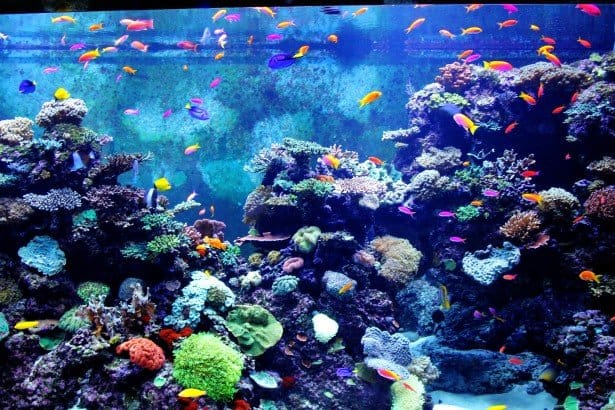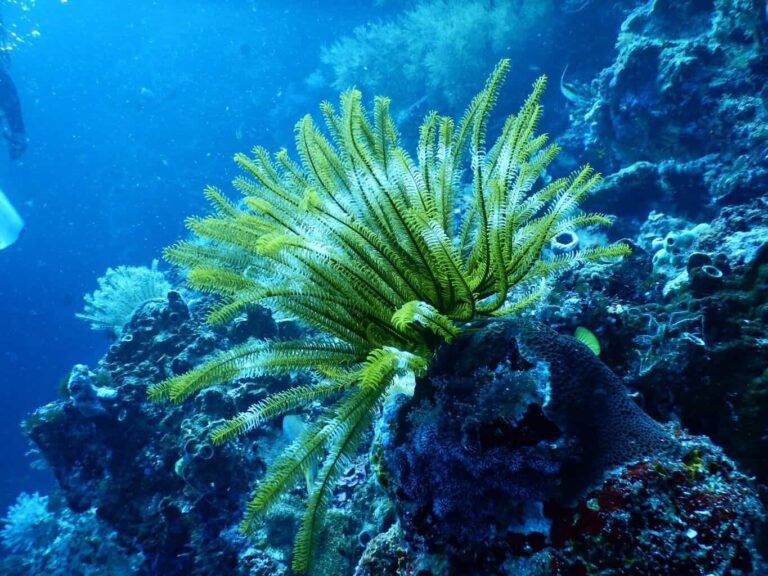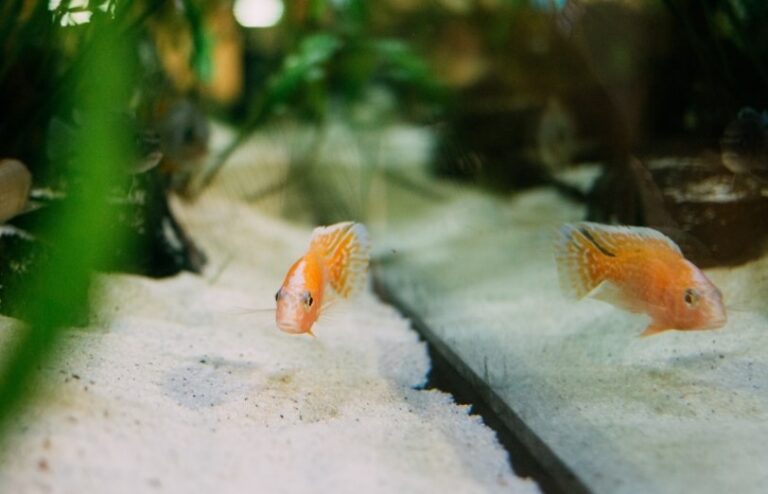It doesn’t need the study of chemistry to understand the importance of pH. You must know that a minor alteration in the level of pH may result in a great change.
I don’t know how often you check the pH of your aquarium but it must be done at least once a month and yes it must be done if any sickness or death is seen in your aquatic animal. Adjusting pH in a natural way is the easiest and safest way.
In this article, I will tell you how to raise or lower pH in aquarium naturally. You will get to know the best natural and inexpensive ways to adjust the pH of your aquarium.

What You Need To Know about pH of Aquarium Water:
If you have a fascination over keeping fishes or aquatic animals in a tank as a pet or for personal or professional purpose then the pH level is a must to worry about.
Fishes are the most common animal to keep in an aquarium. Usually, there is no fixed parameter that is applicable to all fishes because different type of fishes have different requirement as they may come from different types of water (ponds, lake, ocean, captive breed and so on). But if you separate the level of pH depending upon the nature of water that is fresh water and salty water then a common level would be the like this.
- The pH of fishes of salty water has a level of alkalinity of 8.0 or more.
- The pH of fishes of fresh water has a level of alkalinity that ranges from 5.5 to 7.5.
- The fishes of tropical water require in between 6.5 to 7.5
It is to be noted that, a simple alteration may increase or decrease the level of pH in your tank or aquarium as for example small water change or introducing certain rocks or stones in the tank. In fact, it may increase or decrease abruptly.
If you are a fish breeder then you might already know the right level to maintain and if you are not then a general guideline is already given. Whatever adjustment you should make to raise or lower the pH level, first you should start by testing the pH level of your aquarium and know the right way of testing it.
How To Test The pH Of An Aquarium?

There are plenty of test kits available in the market for testing pH level. You can even buy from an online store or buy by visiting a physical one. There are plenty of choices to buy starting from a low range to a high end, but I suggest not to go for too low or too high rather go for a mid-range to keep in pace with. You must keep an eye on the quality also. My personal preference is the Freshwater Master Test Kit by API. For saltwater tanks there is a saltwater version of this test kit.
There are digital and chemical testers available. You can go for your desired one or even go for both for double assurance if you can afford. Or, you can go for the simplest test that is a litmus paper test and simply take the color into consideration. Each and every tester have indications about its usage and you do it evenly by following the instructions.
Raising The pH Level Of Your Aquarium:
Here are some of the easiest natural ways.
1. The Addition of Baking Soda
This is the most common and simple process. If you follow this process then you must remove your fishes first from the aquarium then start adding baking soda. A sudden alteration in pH level may affect your fishes so you should not increase the pH to a high parameter suddenly.
The standard amount of addition of baking soda is 1 teaspoon per 5 gallons of water. After such addition, you can easily introduce your fishes. This would help to increase the pH of your aquarium naturally.
2. Usage of Crushed Coral Bags in the Filter
This is another extensive way to increase the pH level naturally. You can place bags filled with crushed coral by tying the mouth in order to increase pH level.
If you have a small aquarium you can place 1 bag made of a non-dyed stoking or even a mesh full of crushed corals by tying the mouth. If you have a bigger aquarium then you can place 3 or more bags depending on the size of your aquarium.
3. Usage of Aragonite Substrates
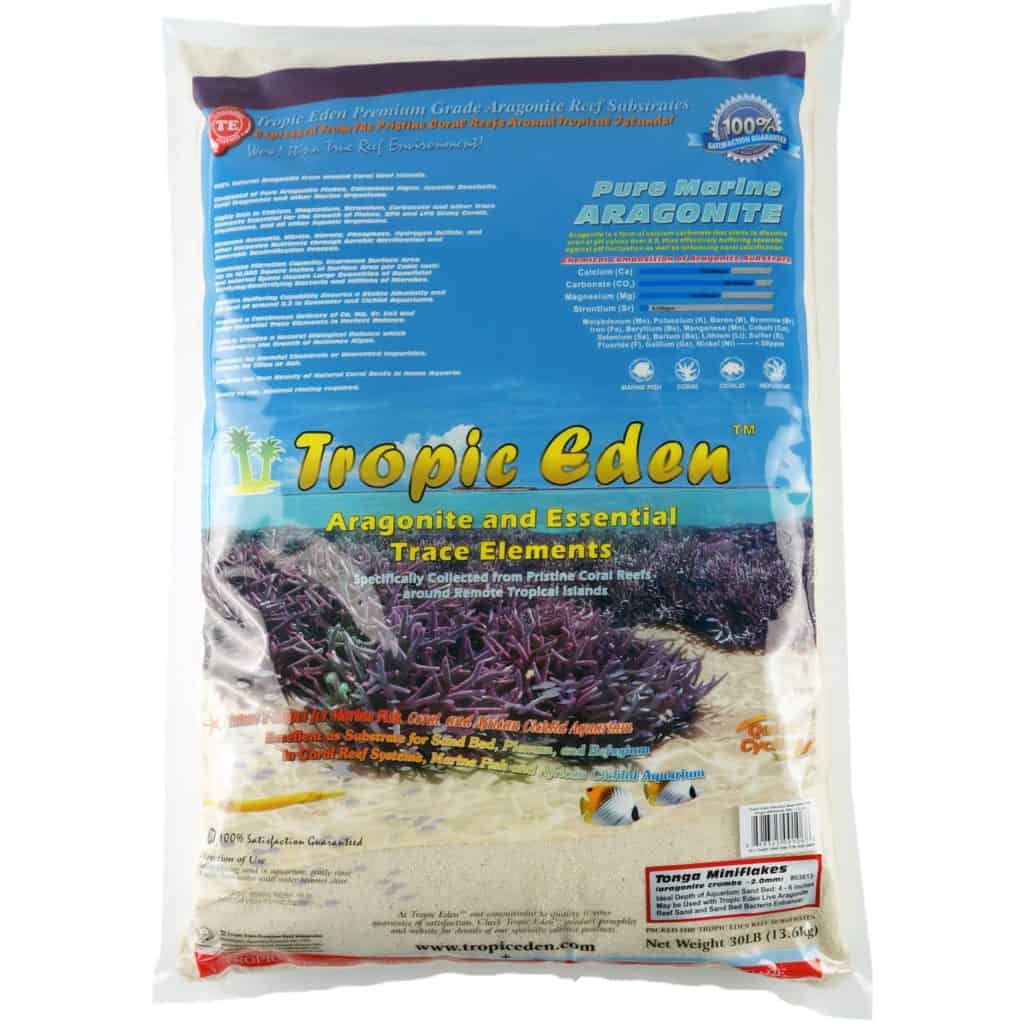
The usage of 1 to 2 inches thick aragonite substrate may increase the pH level significantly of your aquarium. Such substance is initiated from oceans and plays a vital role in pH increment. Aragonite substrates will raise the pH of the aquarium naturally to a certain level.
4. Placing Bags of Limestone Chips
Being enriched in calcium carbonate, a bag of limestone does the work for you. Actually placing coral bags or limestone bags in the in the filter is the same that is one may fulfill the insufficiency of the other.
So you can follow the same process here. You can place crushed lime-stones instead of crushed coral or limestone chips in a stocking or mesh that is a non-dyed one and simply place it in the filter. This process will surely increase the pH level of the aquarium.
5. Addition of Dolomite Chippings
This is an interesting ingredient that increases the pH of water naturally and you can get it easily in fish markets or shops that sell fish accessories. This substance looks like small beads having a powdery coating. It naturally transforms into a stone or gravel and is very much rich in calcium and magnesium.
6. Growing Macro Algae
Just like adding baking soda, this is another most simple and easy form of increasing pH level. Growing macro algae inside your aquarium not only maintains pH but it creates a healthy environment for your aquatic lives.
This process is not problematic at all does not require a lot of guidance. The reason behind its pH maintenance is that it provides essential minerals that water needs to maintain an ideal pH level. Another great benefit of it is that it is also a source of food for your fishes.
How To Lower The pH Level Of Aquarium:
1. Addition of Driftwood
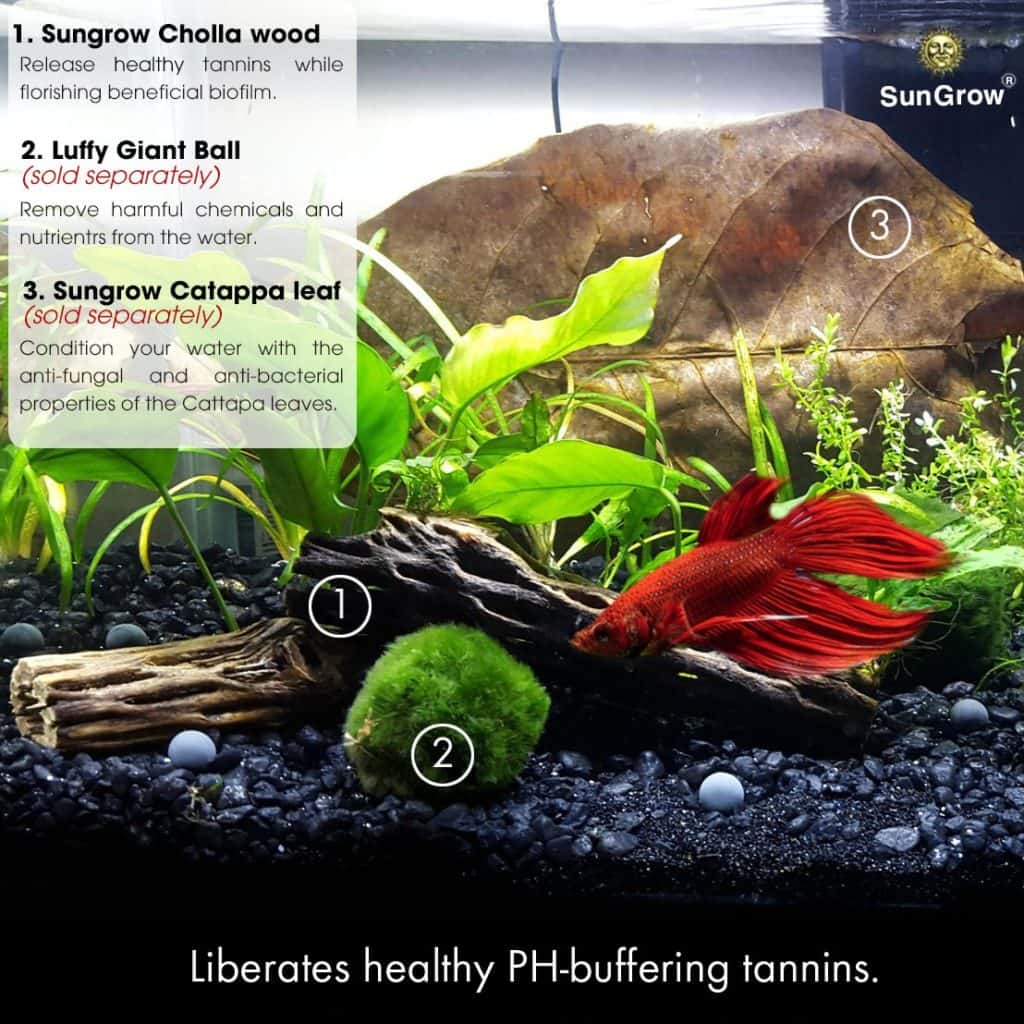
If you get to know that the pH of your aquarium or tank is higher than necessary, then you may place a piece of driftwood to your aquarium to lower it. As driftwood contains tannins, it helps to lower the pH level.
Driftwood does not harm your aquarium but do not buy the driftwood that is for reptiles. I know that they are beautiful and will increase the beauty of your aquarium but it contains harmful chemicals that can harm your fishes.
There is another thing that you should know, due to the presence of tannins the color of your aquarium may change and it might look a bit yellowish but there is nothing to worry about. This will bring changes in just the color of water. It will not harm the animals. You can sterilize the driftwood by boiling water added with salt for safety. It will also help to reduce the discoloration of aquarium water.
2. Adding Peat Moss
Adding peat moss to your aquarium water will release tannic acid along with Gallic acid that will extensively lower the pH level. The only drawback of adding peat moss to your aquarium is that it may discolor the water just like driftwood.
If you want to lower the discoloration of water then you may primarily treat the peat moss by keeping it in a separate tank or bucket and then add to your aquarium. As there is no specific parameter you can start adding with a perfect assumption in contrast to the amount of water.
3. Adding Almond Leaves
Almond leaves have very good power for water conditioning. Almond leaves are also known as Catappa leaves. If you can keep a positive mindset about the discoloration of your aquarium water then this is going to be a great way for you.
Adding almond leaves will also discolor your water as it will release tannins but simultaneously it will help to heal your fishes if they have fin rot. After adding almond leaves the leaves start to decompose. If it seems nasty to you and bothers you then you may just pour strained water by decomposing in a separate bowl.
4. Placing a Reverse Osmosis Filter
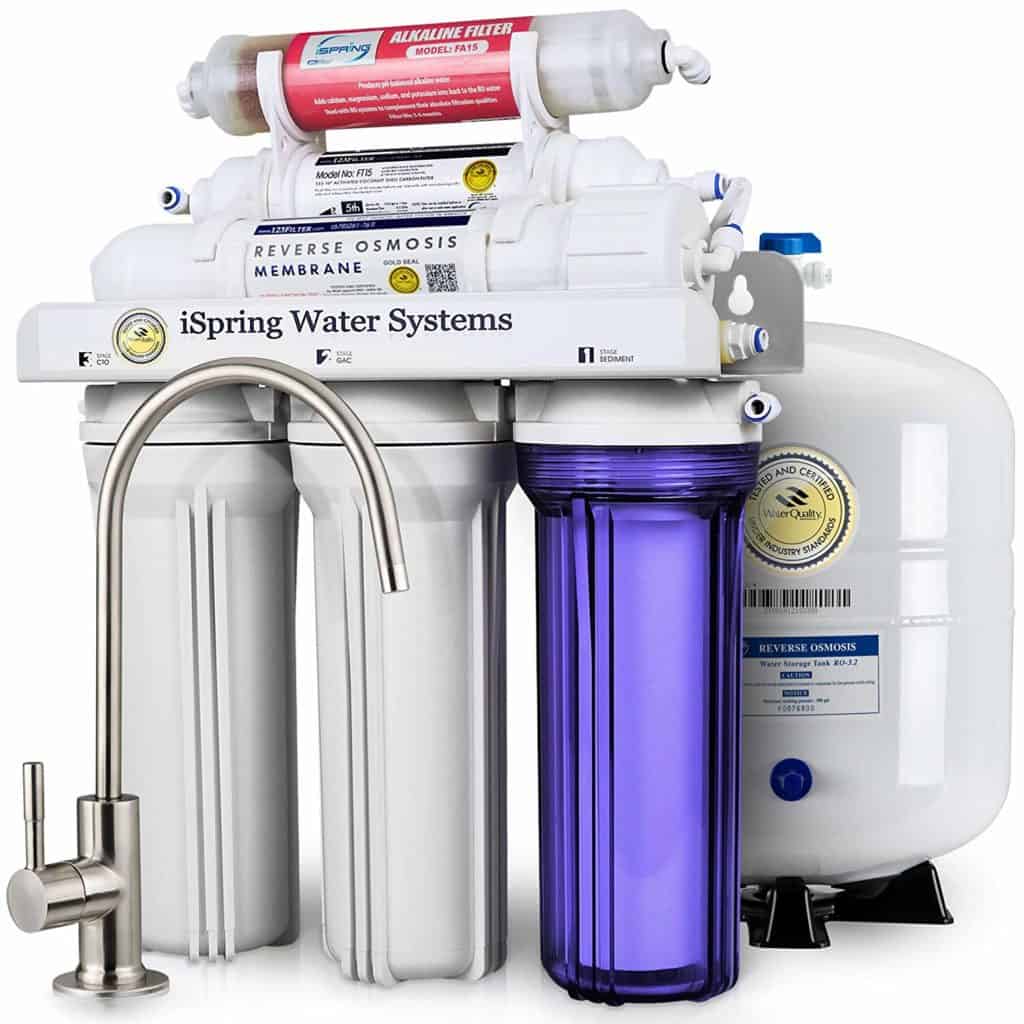
Reverse osmosis, also known as RO, is actually a filter that you might place to lower the pH of your water. In fact, it will clean all the impurities of your aquarium. If you have invested a lot of money in your aquarium then this is not a bad choice. Don’t worry this will not discolor the water. RO filter helps to purify water up to 99% and also maintains pH stability.
Do Plants Lower pH?
Carbon dioxide lowers pH. Therefore if you have plants in your tank it will absorb CO2 and as a result pH will raise. This raise is quite insignificant. But in a planted aquarium if you are using pressurized CO2 then it will lower the pH of your fish tank.
Final Words
So, this is all about how to raise or lower pH in the aquarium naturally. All these are natural ways and are not that much costly. I suggest keeping a stable pH level if you have different kinds of fishes in one aquarium. You should always follow the fish compatibility chart and never mix up fishes of different requirements/origins in the same tank in order to maintain healthy aquatic environment.

